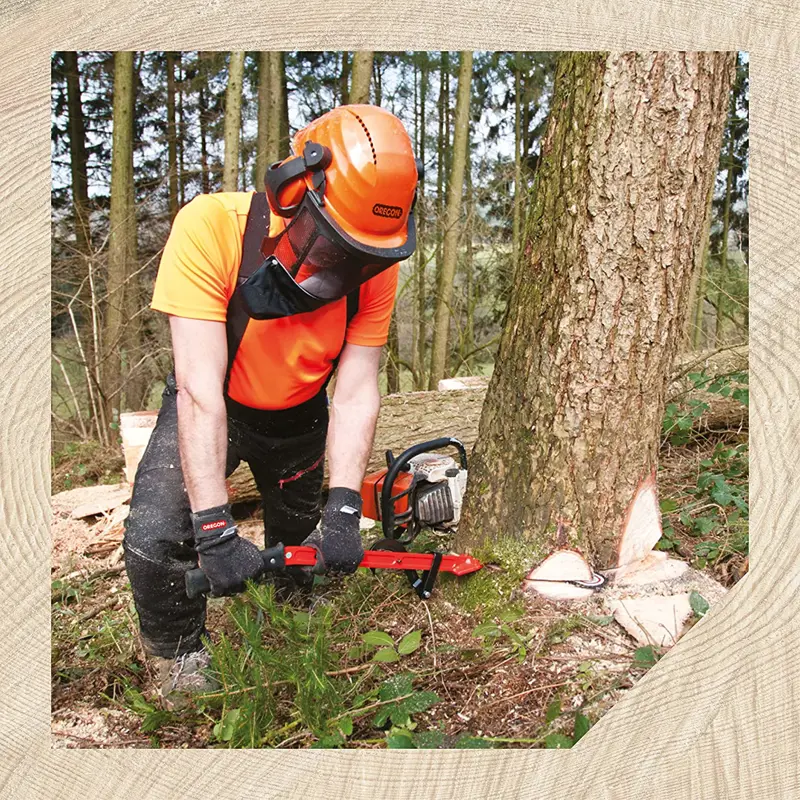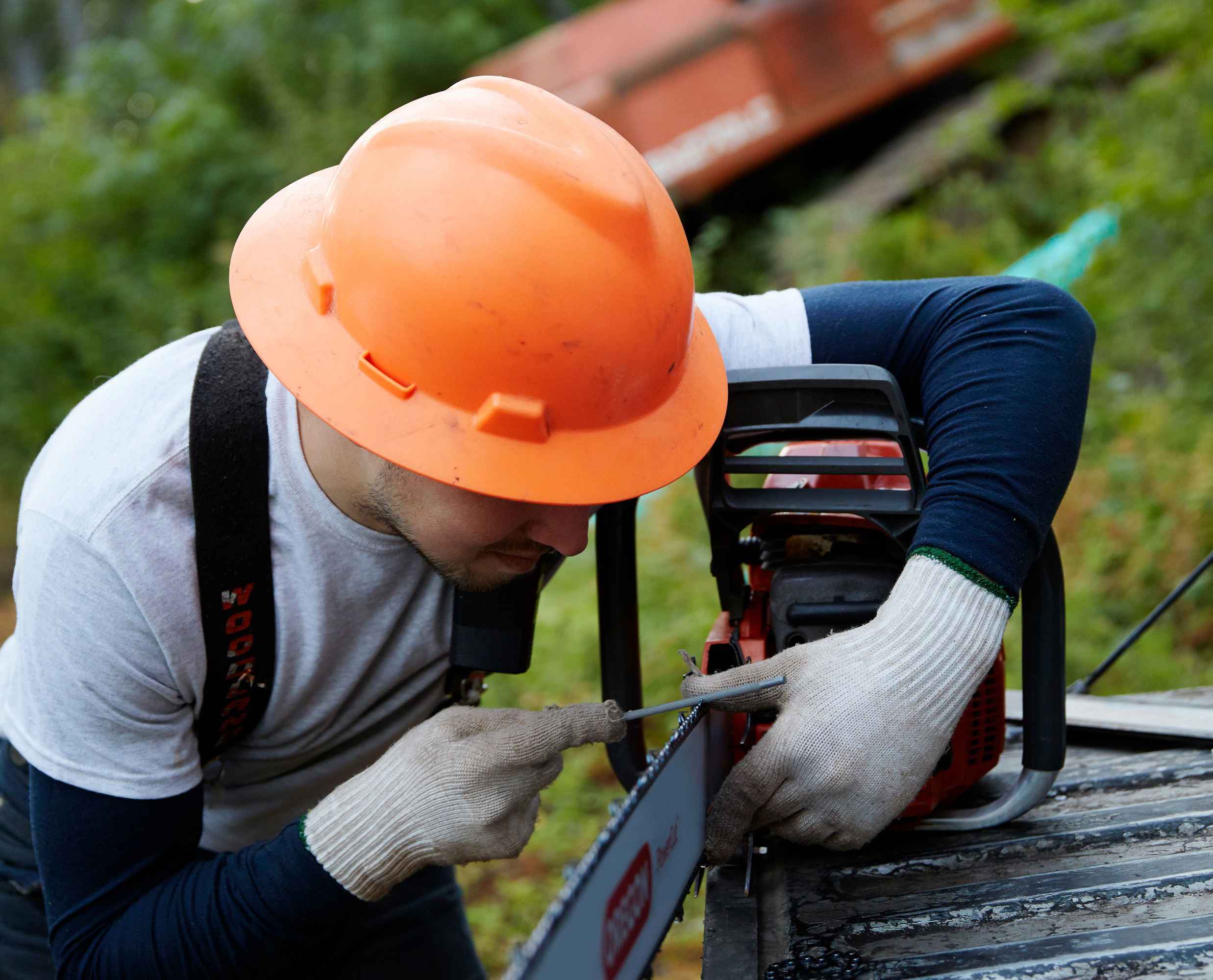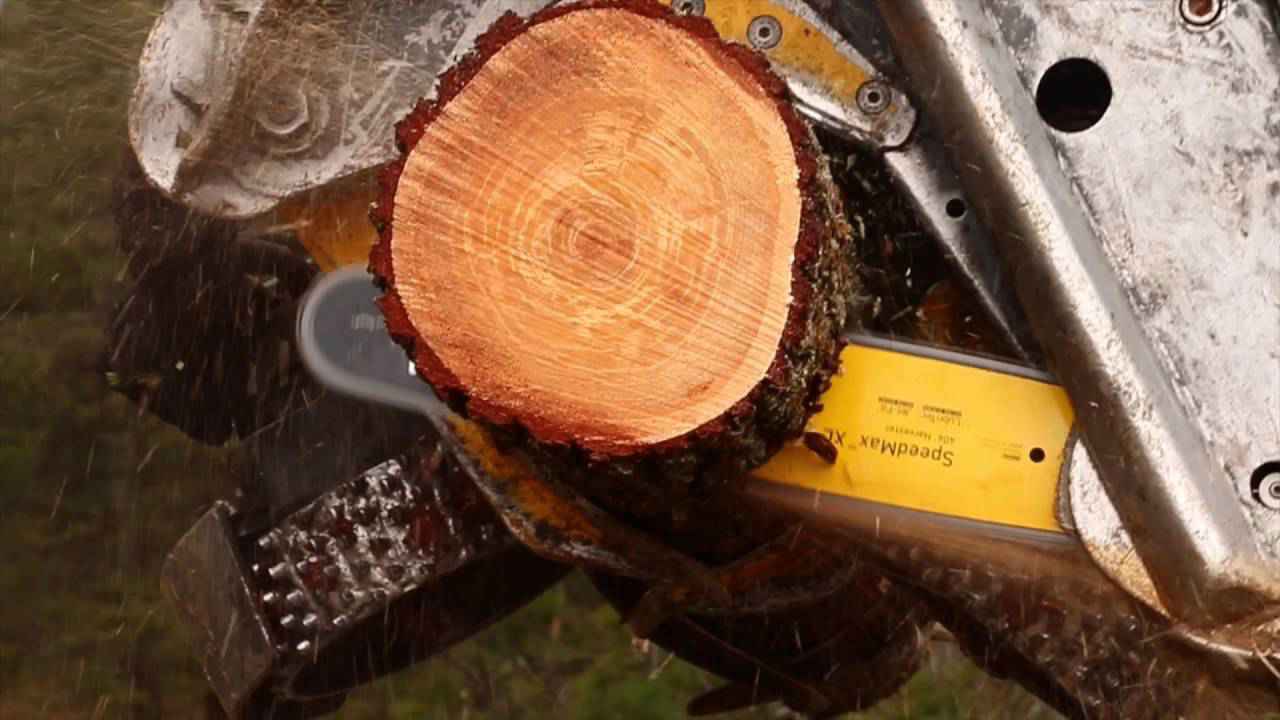- Forestry tips
-
Mastering Directional Tree Felling

Mastering Directional Tree Felling
Understanding and implementing directional tree felling, a method of precisely controlling the direction in which a tree falls, is vital for safety. This process utilizes specific techniques that involve crafting a well-placed notch and a felling cut, based on the terrain where the tree stands. So, what should you be aware of when executing directional tree felling techniques correctly?
The Four Types of Directional Notches in Tree Felling
The first stage of any directional tree felling project requires the execution of a directional notch. It's crucial to remember that a notch consists of two sections: a lower cut (the floor) and an upper cut (the ceiling). Furthermore, the depth of the notch should be at least 1/3 of an inch and can be performed on any tree with a diameter of 6 inches or more.
Notably, the shape of the directional notch may vary based on the terrain where the tree is located. For flat land, a conventional notch, angled between 45 and 59 degrees, is typically used. On moderately sloped terrains, a "V" notch is suitable.
For steep slopes, an open notch is preferred. Lastly, a fourth type of notch, unrelated to the terrain type, exists. It's the conventional notch but inverted, known as the "Humbolt" type notch. This technique is frequently employed for the production of veneer logs following directional felling.
The Felling Cut: A Key Component of Directional Tree Felling Techniques
Once the directional notch is completed, the next step of the directional tree felling process involves making the felling cut towards the notch. This cut serves a vital role in preventing the tree from kicking back or recoiling.
The felling cut is executed nearly at the same level as the directional notch, about 1 inch above it. To ensure the intended effect, the length of the felling cut should be equivalent to 2/3 of the tree's diameter.
The Tree Hinge and Its Role in Directional Felling
Creating the hinge is a pivotal step in directional tree felling techniques. The hinge is the untouched section between the directional notch and the felling cut, and it should measure approximately 1/10 of the tree's diameter.
After the hinge is created, the tree can start to fall in the desired direction, which is the main goal of directional felling. Once the directional notch fully closes, the hinge will break, and the stump will separate from the tree, about 15 cm above the ground.
This is the signal to move away from the path of the falling tree. For safety reasons, it's essential not to manually cut the hinge during its fall if it doesn't break entirely. In such cases, the use of mechanical tools, such as a felling jack or a felling lever, is recommended to finish cutting the tree.





